16th July 2010. Written by Xin Li.
The Sagano and Arashiyama districts are located in the western part of Kyoto City. The area served as a favourite escape for emperors and aristocrats in the ancient times to get away from the urban bustle.
To maximize the value of my JR Kansai West Pass, I made Arashiyama my first stop for the Kyoto trip as it is easily accessible via the JR Sagano Line at Saga-Arashiyama Station.Arashiyama is home to a few famous landmarks. The first of which is the Togetsu-kyo Bridge which spans the Hozu-gawa River at the foot of Mt.Arashiyama. It is 250 metres long and still retains its 17th century appearance, the original bridge dates back to 836 AD. However, ever since renovations were being made using steel, the bridge is no longer a purely wooden structure.
Nonetheless, the views from Togetsu-kyo Bridge were stunning. On one side you get to see the vast river leading to Kyoto, this part is known as the Katsura River and on the other side you get to see the mountains forming a background for a narrowing river, known as the Hozu and Oigawa Rivers. It will be exceptionally beautiful during the autumn season.
Just next to the bridge is the famous Tenryu-ji Temple (天龍寺) which was a World Cultural Heritage Site which was built in 1339 by the then shogun, Ashikaga Takauji to commemorate the Emperor Godaigo. The temple belonged to the Rinzai Zen sect. It is one of the Five Major Temples of Kyoto and it is very famous for its splendid garden which was designed in 1340 by Muso Kokushi. The garden is all that remains of its original compound.
Unfortunately, I didn’t enter the temple grounds due to 500 yen admission fee. However, judging from what we got to see from the outside, the rock gardens, lotus gardens and moss gardens, one would expect much from within the temple grounds.
There is Hiun Kannon (a Goddess of Mercy) that stood outside the ticketing office of Tenryu-ji. The cloud on its back, symbolizes God and travel. It is said to protect people who travel by air.
There are smaller temples along the pathway that leads to the main temple. Take the time to explore them too. They were sort being neglected by the tourists who were fixated with Tenryu-ji (good news for photographers).
The street in front of Tenryu-ji Temple was packed with souvenir stalls, confectionaries, restaurants and tea-houses and as you walked along the street, it is not hard to notice the presence of rickshaw pullers who would be your taxi-runners around the area for a fee.
You could also find a few hidden finds as you make your way from Saga Arashiyama Station to Tenryu-ji, we spotted a pretty looking café on our way there as well as some historical residences and shrines.
Before we make our way into the famed bamboo groves of Arashiyama, we had a our first meal in Japan at this quaint looking restaurant located along the street in front of Tenryu-ji. The restaurant was Shintogetsu, named after the Togetsu-kyo Bridge and you could observe the chefs preparing your meal over the counter.
I had the Yudofu Set for 1300 Yen. Kyoto is well-known for its Tofu Ryori, a type of traditional Kyoto Special Tofu Cuisine which is characterized by yudofu (boiled tofu) and other tofu dishes. Some places can charge up to 2000 plus yen for the said cuisine experience and the area around Nanzen-ji in Higashiyama is particularly famous for eateries providing Tofu Ryori.
Presentation plays a big part in the Japanese Cuisine, the Yudofu Set I had was another real-life example. Every side dish and how the bits and pieces were being arranged takes into the account the concepts of colour and composition, a Japanese meal experience is akin to appreciating a piece of art.
The waitress, a middle aged lady placed the set in front of me carefully and tried her best to explain on how to start eating and how to consume them. Firstly, I had the yuba, the sweet silk curd of soy bean which melts on my tongue the moment I put it into my mouth. It came with a tender juicy mushroom and gluten which is slightly chewy.
Pickled Vegetables, Tsukemono is the cornerstone of the Japanese diet, which is usually eaten as a side dish with rice. One of them I had here was Takuan, preserved Radish (yellow).
Hidden underneath the Yuba is an assortment of appetizers. The green one tasted like rice cake known as namafu which is solid gluten mixed with glutinous rice flour and millet and steamed in large blocks. In this appetizer it was being grilled. There is also a slice of steamed mildly sweet pumpkin (kabocha) and a springy, spongy piece of koyadofu that was quite sweet.
The yudofu (boiled tofu) is the main focus of the set. It is the center stage of Tofu Ryori. The beancurd has got to be one of the best beancurds I had so far, it was silk-like smooth and light and tasted very pure and clean. The way to eat this tofu is to dip it into a dish of soy sauce mixed with scallions, pickled ginger and bonito flakes. It was very addictive and light on the palate. I can have seconds of this.
In the full-fledged Tofu Ryori sets you might get even more items such as Hiyashitofu or cold version of yudofu and tofudengaku which are blocks of firm tofu glazed with a special miso sauce and grilled on sticks.
Not being captured on photograph was a hearty, flavourful bowl of miso soup and a bowl of nicely cooked Japanese rice.
Needless to say, I was pleased with my meal. Seryo at Ohara also offers a Yudofu Kaiseki Set at 2750 Yen, Saga Aoi near Saga Arashiyama Station also offer a yudofu sets, but don’t limit yourself to these options and those around Nanzen-ji, Tofu being a key ingredient in Japanese Cuisine and Kyoto cuisine just means that you can easily find restaurants offering them around the city.
After our meal at Shintogetsu, we headed for the famed bamboo groves. You could skip paying the admission to Tenryu-Ji and access the bamboo grove from the street in front of Tenryu-Ji. The bamboo grove would remind you of the movie scenery of House of Flying Daggers and other martial art films. It was pretty cooling despite the hot weather but rather humid as well. Vehicles move in and out of the iconic bamboo groves, it is not a pedestrian only path.
Once inside, you will encounter the Nonomiya Shrine (野宮神社), this shrine was being mentioned in the Tale of Genji and has a quite a long history. The shrine, besides being famous as a must-visit for happy marriages and smooth child delivery, it is also well known for its unique black torii gate (Kuroki No Torii) that maintains its rough texture and its natural colouring. Within the shrine grounds is also a small moss garden.
As my brother and his girlfriend were feeling a little tired, we headed back towards the train station, but not before stopping by this modern looking café for a dessert. 鯛匠 HANANA seemed to be part of a spa or massaging complex.
Both my brother and I were in awe by the simple usage of light, wood and shadows to create the relaxing and elegant interior that we got to enjoy while having our desserts. There wasn’t much décor just some simple paintings, clever usage of natural, artificial lighting and the natural texture of wood plus simple furniture (as well as clever choice of colours and patterns for their cutlery to go with the interior)
Hot towels were being served together with a fragrant cup of green tea and a glass of water which they never fail to re-fill. I had the Green Tea Parfait for 500 yen (their English translation). The parfait consists of a stick of black sesame wafer, a scoop of excellent matcha ice cream, azuki beans, mochi and a mint leaf.
The dessert wasn’t as sweet as I expected, it was nicely balanced, the ice cream has a slight milky aftertaste and the sweetness of was toned down by the mild mochi as well as mildly bitter matcha that was part of the ice cream. I thoroughly enjoyed how the refreshing and minty flavour from the mint leaf which came in gradually as you consume the dessert.
My brother had a Caramel Pudding for 350 yen. Texture wise it was okay and the sauce has a faint coffee flavour that came from the caramel. It wasn’t too sweet and has a bit of bitter flavour from the burnt caramel.
The service here was impeccable and there was an English menu and Chinese menu for non-Japanese. They also offer a set lunch for around 1270 yen which includes their signature dish, Raw Sea Bream with Green Tea. I only know that that hot green tea was being poured over the slices of sea bream after it was being served.
That’s all for our Arashiyama trip, there are a lot more places of interest to visit around the area such as the Rakushisha (House of the Fallen Persimmons) and many other temples around the area. Down south you also can visit the Mt. Iwata Monkey’s Park or take a boat ride down Hozu river (if you have the cash to spare).
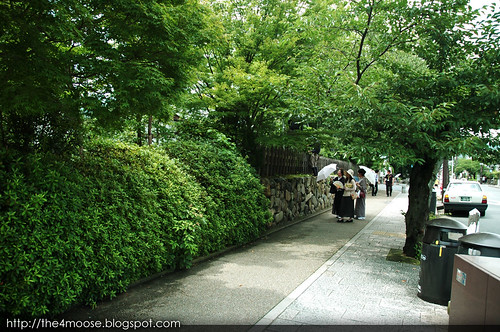
新渡月
Tel : 075-882-9884
京都府京都市右京区嵯峨天龍寺造路町20-40
www.kyoto.zaq.ne.jp/shintogetu/
鯛匠 HANANA
Tel: 075-862-8771
京都府京都市右京区嵯峨天龍寺瀬戸川町26-1
www.hanana-kyoto.com/


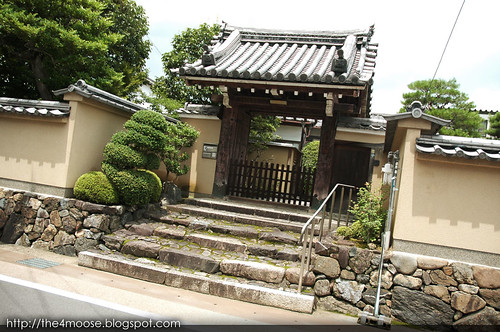
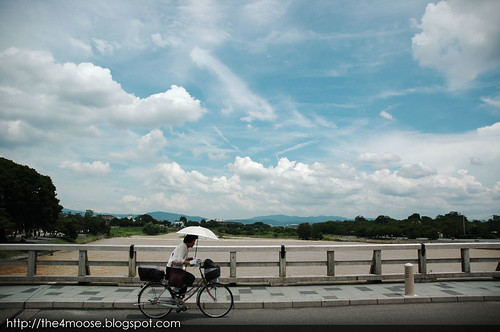
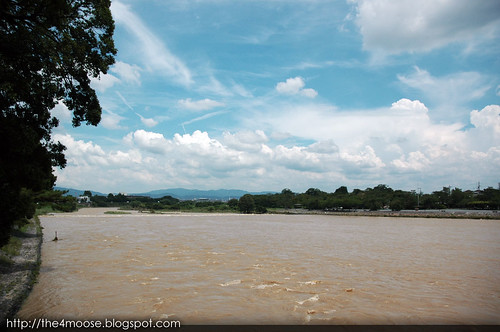

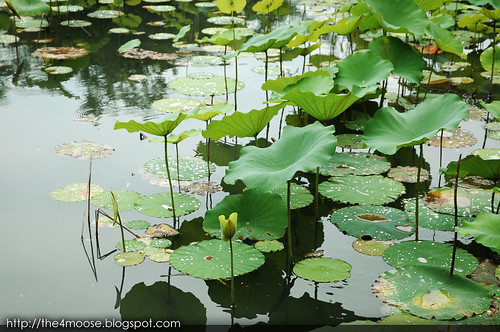
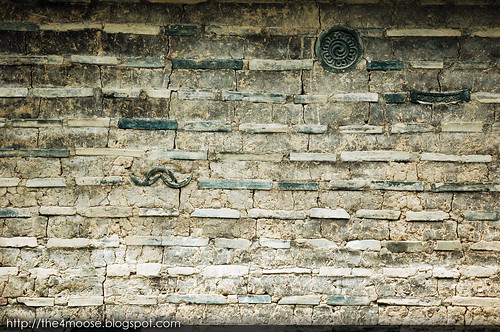
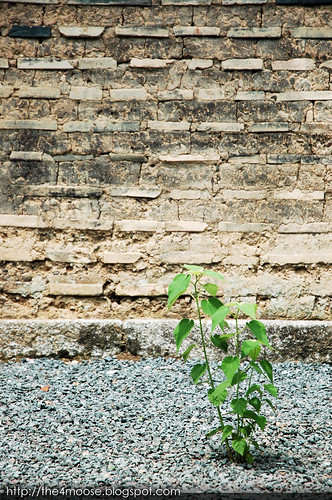
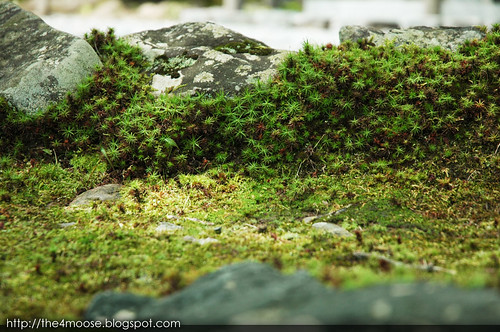
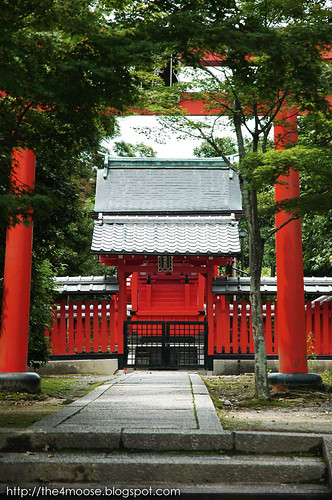

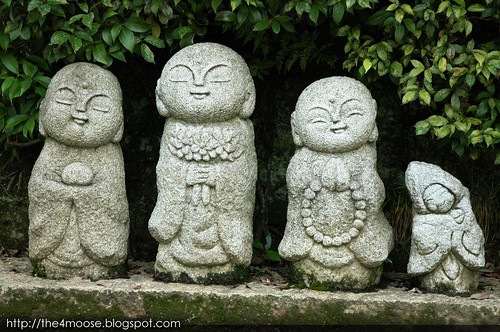

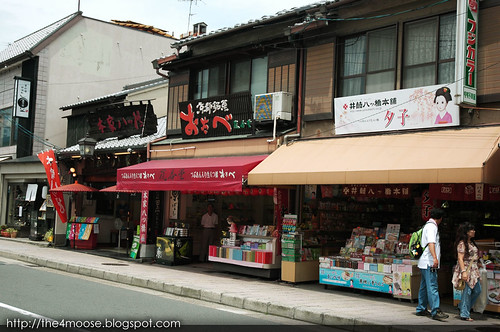
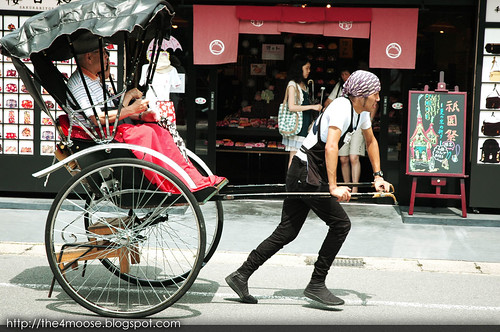
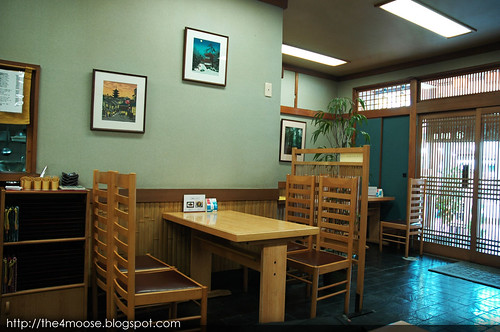
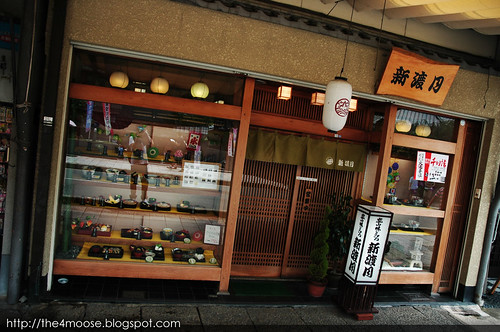
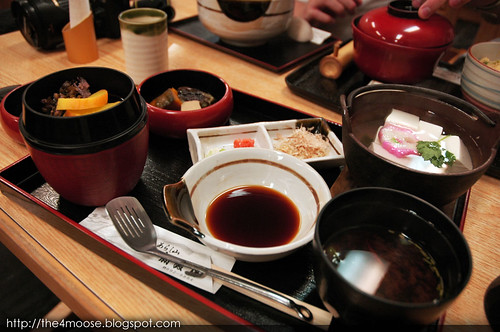
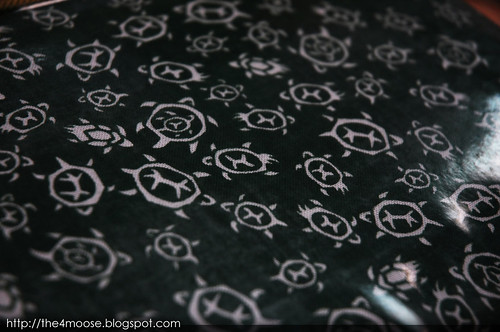
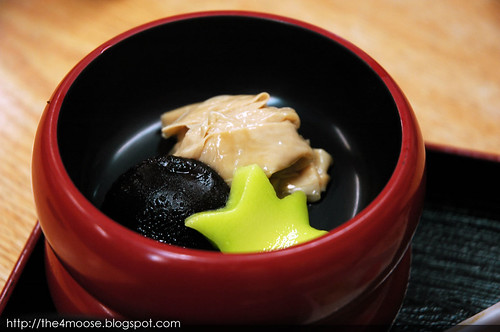
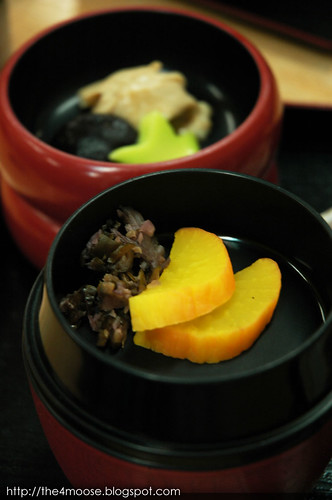
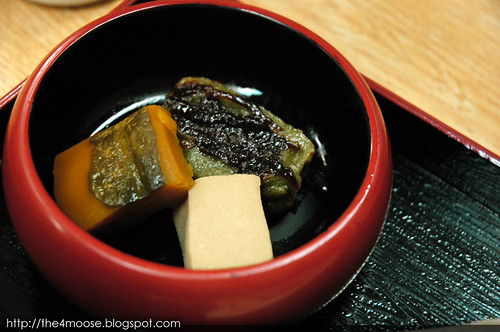
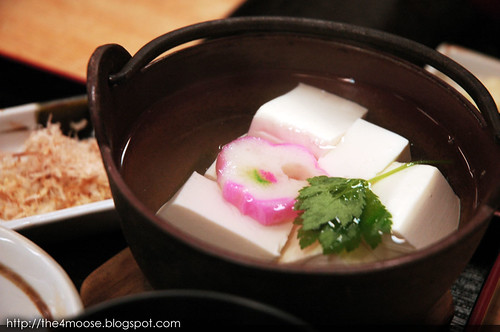



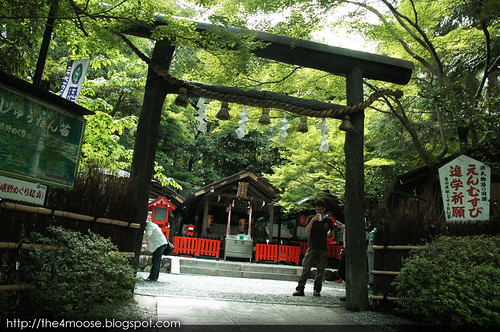

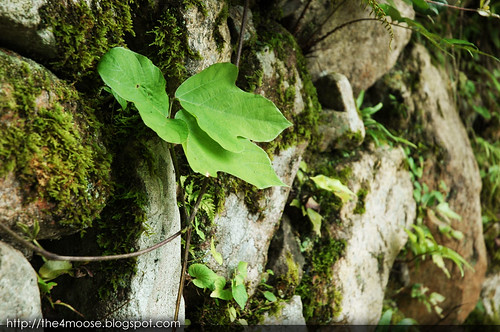


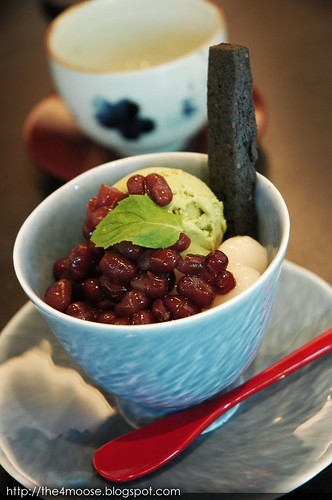


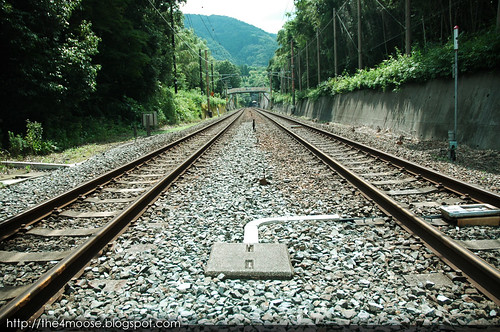














I'm madly jealous. Looking forward to more posts. (:
ReplyDeletenice pics!
ReplyDeleteto ice: haha ;) more coming up!
ReplyDeleteto Stargirl: thanks =)
I read your posts everyday and there's only one thing I can say. Envy~~ :)
ReplyDeleteto Bella V: Oops =p
ReplyDelete